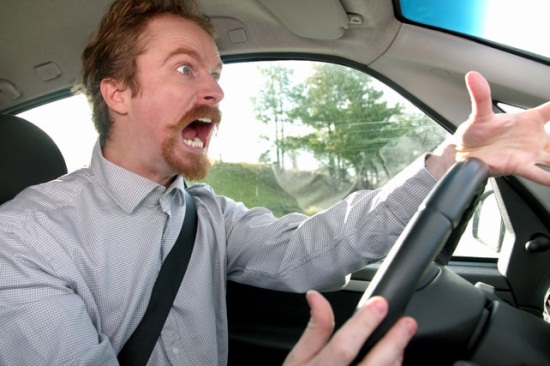Bad Driving and What, If Anything, to Do About It
Posted on Jan 4, 2016 in Safety | 1 comment

Oh boy, another lecture on distracted driving and texting.
Well, this one’s a little bit different. I want to talk about how bad driving is part of the culture in most every country—and suggest that there’s only one way to fix it.
Texting and cell phone use in cars seem to be slightly on the decline in the U.S., and maybe that’s due to all the publicity, maybe to stricter law enforcement (which varies widely, state to state). Maybe PSAs and public education have helped. I have come down for much tougher laws and enforcement but now have my doubts.
American teens still admit to “texting while driving (21%), talking to passengers (20%), and changing songs on their MP3 player (17%) instead of focusing on the road.”
But NHTSA said, a year ago, that only 18 percent of highway fatalities were caused by cell phone use. We’re getting a mixed message from the agency, which can’t seem really to decide whether to crack down on distracted driving—of all kinds—or not.

DD includes much more than cell phone use. Edmunds’Caroline Pardilla talks about driving a Fiat 500 Sport in Los Angeles compared to Paris, which she calls “controlled chaos.” In L.A. there’s too much traffic and too much non-driving behavior going on. So when the cars do move, people just continue doing what they were doing.
I see folks texting, talking on the phone, eating, drinking, chatting with their passengers, sightseeing, putting on makeup (!), taking curlers out of their hair (wha-?!) …and this is when the traffic is MOVING.
I’ll bet you’ve observed one or more of the following: playing with pets that run loose in the car; drivers turning around to talk with someone in the back seat; a mother fastening her kid’s car seat belt in the back seat while attempting to drive.
Last year in Mexico, I got a driver’s license with no written test, no road test, just a $50 payment that probably went into the pocket of the local official. The drivers here are sometimes pretty bad—changing lanes abruptly, not letting people merge, tailgating—but it’s worse in other Latin American countries. Still, nothing here compares to the drivers in Boston.
How to change this, at least in theory? The fundamental problem is the driver’s test, or lack of it. Car makers will continue to stuff their vehicles with distracting, even dangerous electronic junk because the buying public likes it. NHTSA will continue to waffle under political pressure. Legal and law enforcement is difficult, helter-skelter and inefficient.
There ought to be national standards for issuing driver’s licenses, as driving is often an interstate activity. And there ought to be much tougher penalties for breaking the law. Read this excellent discussion about how to toughen up standards and make them work. The authors think, rightly, that there should be specific testing for:
logical decision making under pressure
temperament and fearfulness
understanding of how vehicles operate
alertness, sharpness, ability to concentrate
hand-to-eye coordination
sense and understanding of direction
peripheral vision
hearing
And they offer four reasonable steps for enforcing such a plan and adapting it to different locales and conditions. Some of the responses made (comments) are pertinent to what we’ve said about driving in other countries. There is a national standard in the U.K.
Of course, in our present political climate, this is total pie in the sky. But it’s still worth thinking about.





Calls for tougher licensing and driver regulation will always fall on deaf ears for several reasons.
First of all, the legal profession in this country has been able to establish that driving is a “civil right” and/or basic freedom. While it’s supposed to be a privelege, the squadrons of lawyers make it hard to keep bad and/or drunk drivers off the road. We had one last year where the drunk had been arrested for the 27th (or some outrageous number like that) drunk driving offense. Of course this guy was not driving legally, but this kind of offender needs to be imprisoned permanently the same way you’d take someone off the streets who insists on walking around and pointing guns at people.
The second problem is law enforcement. We’ve developed a system where traffic law enforcement is used as a revenue enhancing tool rather than a safety tool, so police officers routinely ignore bad driving, especially speeding, unless it’s severe enough to trigger enhanced fines and fees. That conditions drivers to speed and generally ignore traffic laws unless they see a cop. Here in Michigan, speeding is the number one problem and is the root of most accidents, not distracted driving.
While driver training can improve driver safety, our system in this state is set up to license drivers and then basically ignore them (other than getting their money) unless they are really bad drivers. I haven’t had a state driver’s road test since the 1960’s and I can think of several people I know (elderly drivers) who could not pass such a test, yet are still driving.
Ultimately, the public accepts the 30,000 or 40,000 highway fatalities every year as a resonable accomodation for their convenience and likely will resist a more demanding driver training and certification system, even if some of those deaths are their own relatives and friends.